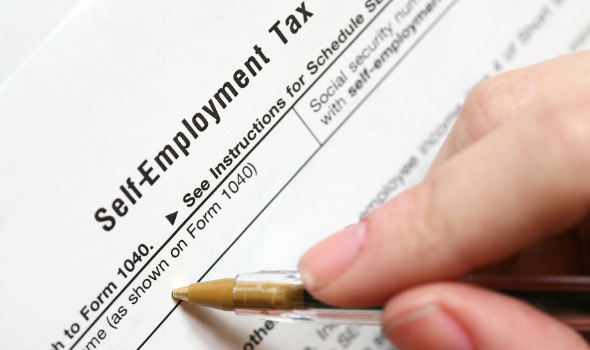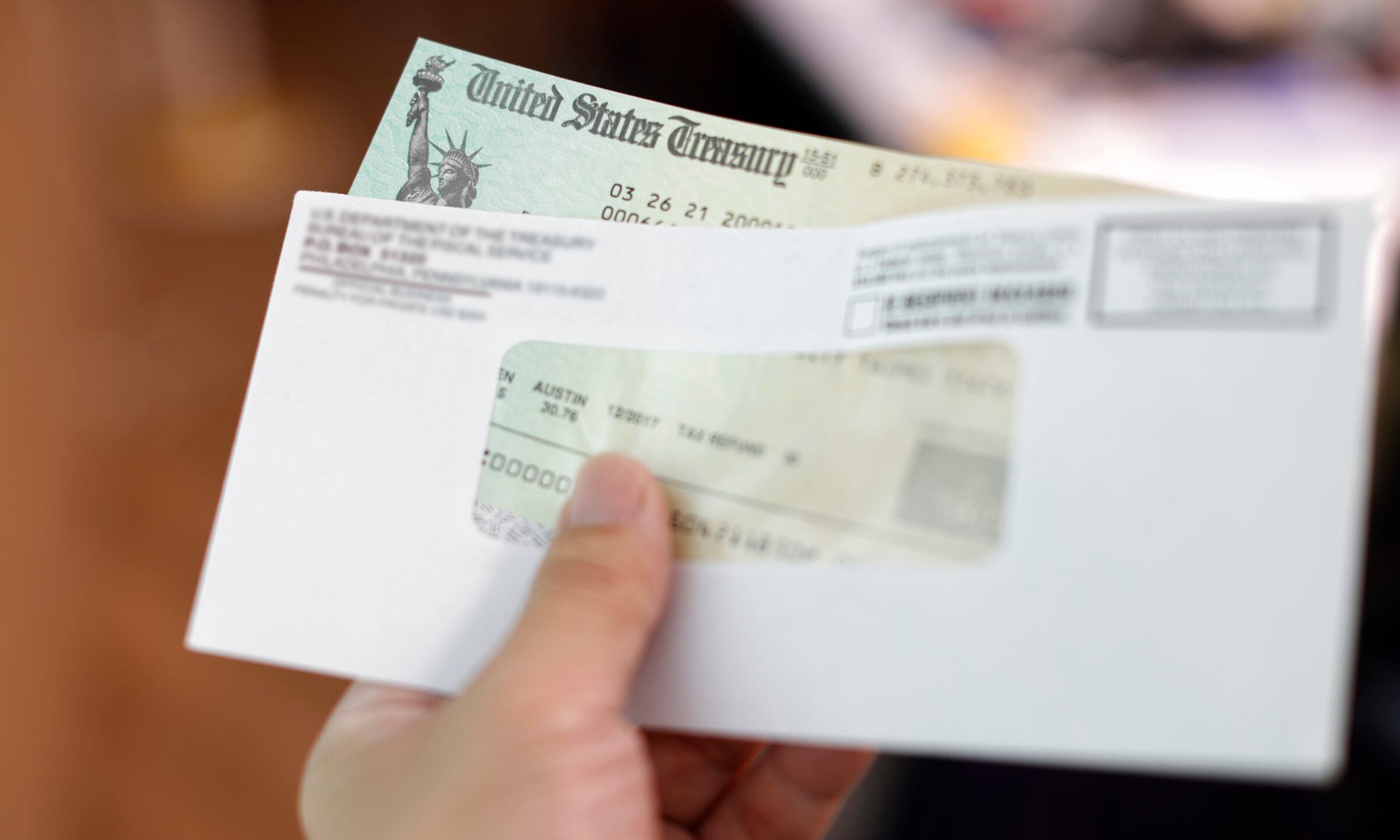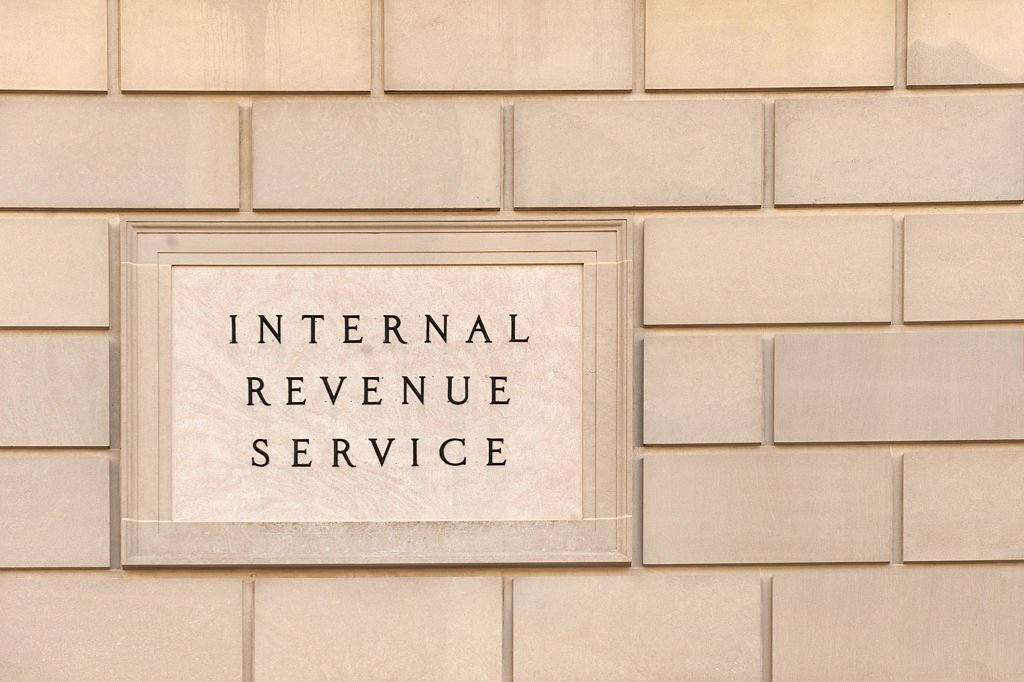On-demand work is a rapidly growing alternative to the 9 to 5 job, and companies such as Lyft, HomeAway and TaskRabbit are effectively reshaping the economy. Workers can set their own schedule, work a variety of jobs at the same time and find specific work in their area of expertise. Although this type of work provides nice benefits such as flexibility and the ability to be one’s own boss, the IRS considers these folks self-employed and not employees.
This emerging workforce creates an elevated demand for accountants because of the added compliance and financial complexities associated with the self-employed. These folks are often very busy and don’t have the expertise to handle their added tax and financial obligations. As their trusted advisor, you can provide coaching on some easy-to-digest tax and financial topics and help them save vital tax dollars and improve their cash flow.
Here are some tax and financial tips to consider sharing with your existing clients and/or potentially bring in new prospects.
Tax Deductions & Estimates
Companies that are in business to make a profit are generally allowed to deduct the costs of carrying on the trade or business. To be deductible, the Internal Revenue Code requires that the business expenses be ordinary and necessary. By ordinary, it means that the expense is common and accepted in an industry; and by necessary, it means that the expense is helpful and appropriate for the trade or business.
Examples of allowable expenses are office supplies, rent expense for office space and interest paid on a company loan. The personal portion of an expense is not deductible, such as personal use of a company automobile.
Take Advantage of Self-Employed Retirement Plans
It’s always a good idea to plan for retirement especially with nice government incentives. There are a variety of retirement plans available to small businesses that allow for a tax favored way to save for retirement. Contributions made by the owner for himself or herself can be deducted. Furthermore, the earnings on the contributions grow tax free until the money is distributed from the plan.
Here are examples of the main self-employed retirement plans that are available:
- Solo 401(k). This plan enables you to contribute as much as $54,000 per year in 2017 (or $60,000 if you are 50 or older).
- SEP IRA. A SEP is also an IRA, but one with even higher contribution limits. For 2017, you can contribute up to $54,000 to the plan or 25% of your net business income to the plan.
Pay Estimated Taxes
On-demand workers usually receive a 1099 from each customer, client or service provider they worked for during that calendar year, and don’t receive a W-2 and have taxes withheld from an employer. The self-employed segment is responsible for calculating estimates and sending the IRS their tax payments on a quarterly basis. Estimated tax payments can be based on last year’s tax return information to avoid penalties.
Budget Management
Self-employed workers must remember to track all expenses related to their work to comply with tax rules. Expenses for on-demand work could include:
- Utilities, internet and cable
- Car or transportation costs
- Supplies related to their business, including tools, fuel and insurance
- Additional homeowner’s insurance, if they run their business out of their home
Start collecting and organizing your tax records and documents prior to the filing deadline, so you’re not rushing around towards the end of the process. It’s important to keep your business expenses separate from personal expenses and retain receipts to comply with IRS regulations. Self-employed workers and small business owners can use QuickBooks Self-Employed year-round to track income and expenses, estimate taxes, and get ready for tax time.
Keep It Simple
There’s no reason to make your finances any more difficult than they need to be. Simplify things by combining or streamlining your bank accounts, separating business and personal expenses accounts and automating whenever possible. You should set aside time to check on automated bills or transfers, so you’re never ignoring your money and payments are made on time and you spend less time doing more.
Financial Planning
It’s wise to plan ahead by running projections of your income and expenses. This will give you a benchmark to keep in mind as you work towards your spending and earning goals. Let’s say you’re a driver for a ridesharing service, you may want to compare your income, expenses (variable and fixed) and bottom line if you were to increase the time devoted to the enterprise from 20 to 40 hours per week.
With our changing economy, there are many self-employed folks entering the business world every day and this creates new opportunities for you to grow your practice. Tax professionals and accountants are in a unique position to provide vital financial and tax guidance to these types of business owners.
———–
Mike D’Avolio, CPA, is senior tax analyst with the Intuit ProConnect Group. He has been a small business tax expert for more than 20 years and serves as the primary liaison with the IRS for tax law interpretation matters, manages all technical tax information, and supports tax development and other groups by providing them with current tax law developments, analysis of tax legislation, and in-depth product testing.
Thanks for reading CPA Practice Advisor!
Subscribe Already registered? Log In
Need more information? Read the FAQs
Tags: Taxes




